The work is a guaranteed success. After it is over, audience members leap out of their seats for a standing ovation.
Such has been the response to “Rhapsody in Blue” ever since its premiere 100 years ago, on Feb. 12, 1924. George Gershwin had been asked by the conductor Paul Whiteman to supply a “jazz concerto” for the event An Experiment in Modern Music at Aeolian Hall in Manhattan, and the landscape of American music hasn’t been the same since.
Thanks to the centennial, you’re likely to come across a lot of “Rhapsody” performances this year — not that the anniversary makes much difference, because that’s always the case. Indeed, “Rhapsody” is one of the most frequently programmed pieces in the symphonic repertoire by an American composer.
Beyond the concert stage, the work’s themes are heard in movies and television, and are piped into the cabins of United Airlines flights. It has even functioned as propaganda: At the 1984 Olympics in Los Angeles, during the height of the Cold War, the American contingent brought out 84 pianists to perform excerpts from the “Rhapsody,” accompanied by a battalion of dancers.
As with many other classical hits, casual listeners might be surprised to learn that the familiar melodies are part of a much longer composition. First, George Gershwin wrote a substantial two-piano score. The composer Ferde Grofé orchestrated the premiere for Whiteman’s idiosyncratic jazz band, including banjo. Later on, Grofé did two more orchestrations, in 1926 and 1942; the last one was for full symphonic forces and is the version most often heard today. Gershwin himself never fussed with making an authoritative edition, going so far as to suggest four possible cuts in the score.
Regardless of these divergences in source text, first-time listeners are struck by a bolt of optimism. A new day is here! Gershwin’s melodic material is spun with enchanting gold thread, from the opening clarinet swoop to the bluesy piano riffs to the epic sentimental melody near journey’s end. No phrase can ever be forgotten.
At this point, though, some of us more jaded types are ready to at least try to forget.
That’s because the promise of 1924 hasn’t been honored. Gershwin’s proposal was bold and obvious: Early forms of African American ragtime and blues had taken the nation by storm, and his job was to allude to those idioms in a virtuoso concerto. As a professional tunesmith and serious student of ragtime and early jazz piano, he was well suited for the task. As it turned out, the Experiment in Modern Music concert also unlocked something for the composer: Most of the famous Gershwin songs we still hear often today were written after the Aeolian Hall performance.
It is easy, and accurate, to call “Rhapsody in Blue” naïve and corny. But, to be fair, it was still very early in the timeline of jazz and swinging Black music on record. Louis Armstrong and Duke Ellington were just getting started. In addition, as corny and Caucasian as it might be, the “Rhapsody” went straight into the language of the most powerful and innovative Black jazz musicians. Art Blakey, Tadd Dameron, Billy Strayhorn and Herbie Nichols praised the work. Mary Lou Williams said that, one of the first guitar heroes, Charlie Christian, “would be playing ‘Rhapsody in Blue’ and all these heavy classical things.” A long line of significant jazz pianists, including Cedar Walton and Herbie Hancock, practiced the solo piano arrangement of the ‘Rhapsody’ when they were children.
The reception history of “Rhapsody in Blue” is more problematic than the work itself. If the piece had been less successful, perhaps more could have been done to build on it. Instead, it has clogged the arteries of American music. Rather than seek out new possibilities, promoters, educators and other gatekeepers can just claim: The ‘Rhapsody’ is there, a guaranteed success, so why dig deeper?
If “Rhapsody in Blue” is a masterpiece, it might be the worst masterpiece. The promise of a true fusion on the concert stage basically starts and ends with it. A hundred years later, most popular Black music is separate from the world of formal composition, while most American concert musicians can’t relate to a score with a folkloric attitude, let alone swing.
The essential element here is rhythm. African and Latin diasporic (especially Cuban) rhythm has rarely been understood or truly respected by American institutions connected with symphonic repertoire. Gershwin didn’t help this issue with “Rhapsody in Blue”; nobody but the pianist has to play more than a few bars in steady tempo. The composer explained: “Jazz, they said, had to be in strict time. It had to cling to dance rhythms. I resolved, if possible, to kill that misconception with one sturdy blow.”
That “sturdy blow” inadvertently meant that nobody had to go to school. In his lifetime, the pianist Oscar Levant was considered a popular Gershwin expert and practitioner, partly because he was close friends with the composer, partly because he was a charming film personality. Levant even plays excerpts from the title piece in the cheesy Gershwin biopic “Rhapsody in Blue” (1945). Although Levant was a virtuoso and his rendition of the “Rhapsody” has high pianistic finish, his rendition also has terrible rhythm — worse than any first-year jazz piano student in college. Still, Levant’s inability to play Gershwin’s basic syncopations and polyrhythms correctly didn’t stop him from selling many performances and recording of the piece.
To this day, the training of American conservatory musicians prioritizes pure tone production and mechanical facility over a basic dance beat.
Generally, histories of American music consider Gershwin more important than Ellington. Jazz musicians and connoisseurs would disagree; any mature Ellington LP beats out any recording of “Rhapsody in Blue.” There’s just no comparison in terms of depth of feeling, let alone swing. Ellington was usually debonair and reserved in public, but his stunning 1961 trio deconstruction of Gershwin’s “Summertime” documents a moment of losing his composure. The huge, dissonant piano cluster at the end seems to signify Ellington’s justified anger about Gershwin’s continued eclipse of him as the great American composer, long after Gershwin was dead.
It has only gotten harder for serious Black musicians to manage the Gershwin problem. Before embarking on his 1998 project “Gershwin’s World,” Hancock had doubts, which he explained in his memoir, “Possibilities”: “Why should I make a record celebrating a great white American musician? Especially when that musician had gained fame by creating music in a style that was actually founded by Black musicians — who never got the credit, the fans or the money they so richly deserved. I knew I’d get flak from the Black community, and understandably so.”
Aaron Diehl is a serious jazz pianist, but strong classical technique has given him the opportunity to perform Gershwin’s music dozens of times with major orchestras. In an interview, Diehl was frank about how awkward “Rhapsody in Blue” could feel in rehearsal and performance.
“The fundamental question is how to move beyond the nostalgia for this piece, and find viable musical solutions to a deeply rooted problem,” he said. “‘Rhapsody in Blue’ isn’t source material. James P. Johnson’s ‘Carolina Shout,’ Fats Waller’s ‘Handful of Keys’ and Jelly Roll Morton’s ‘The Pearls’ are source material.”
Diehl has heard, he added, “Marcus Roberts play ‘Rhapsody in Blue’ many times with his trio, who collectively manage to turn the work on its head, yet also align it with a deeper understanding of the musical references. That approach is one blueprint for grappling with these issues. Another is giving living composers the opportunity to write works that allow musicians to tackle some of the nuances of a rich language. That will take some time, even after 100 years of hindsight.”
Despite all this, and regardless of whether “Rhapsody in Blue” is the worst masterpiece, it’s also the best cheesecake, or something else attractive yet unhealthy. Listen to it, and you can’t resist whistling Gershwin’s catchy themes.
The composer and pianist Timo Andres told me, “‘Rhapsody in Blue’ is like one of those inflatable punching bags that just springs back up whatever you do to it.” We are blessed and stuck with this piece, a flawed classic that exemplifies our nation’s unsettled relationship with the originators of African American music and technique.
Source link



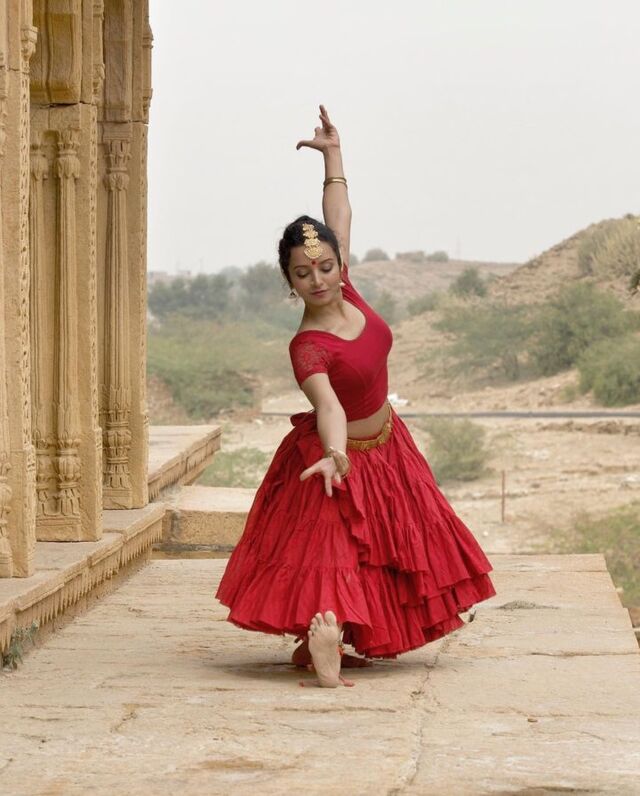
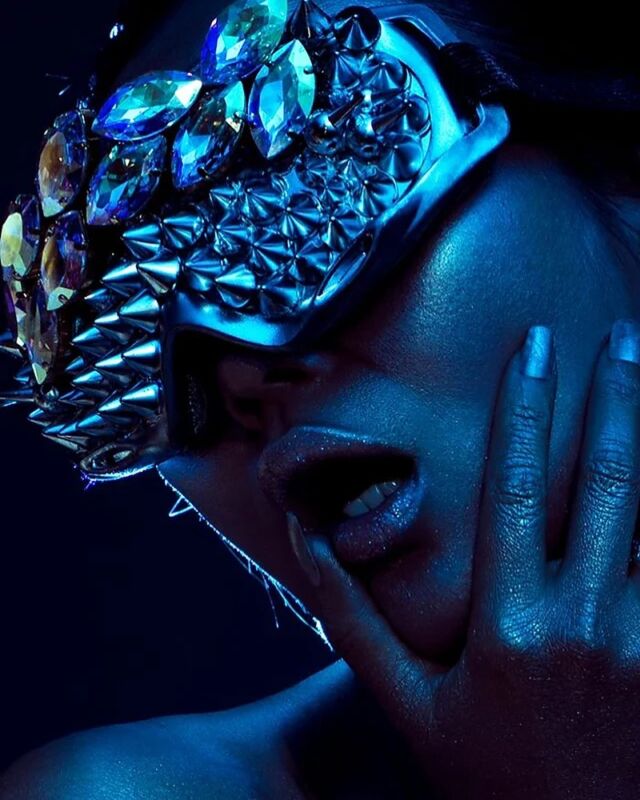
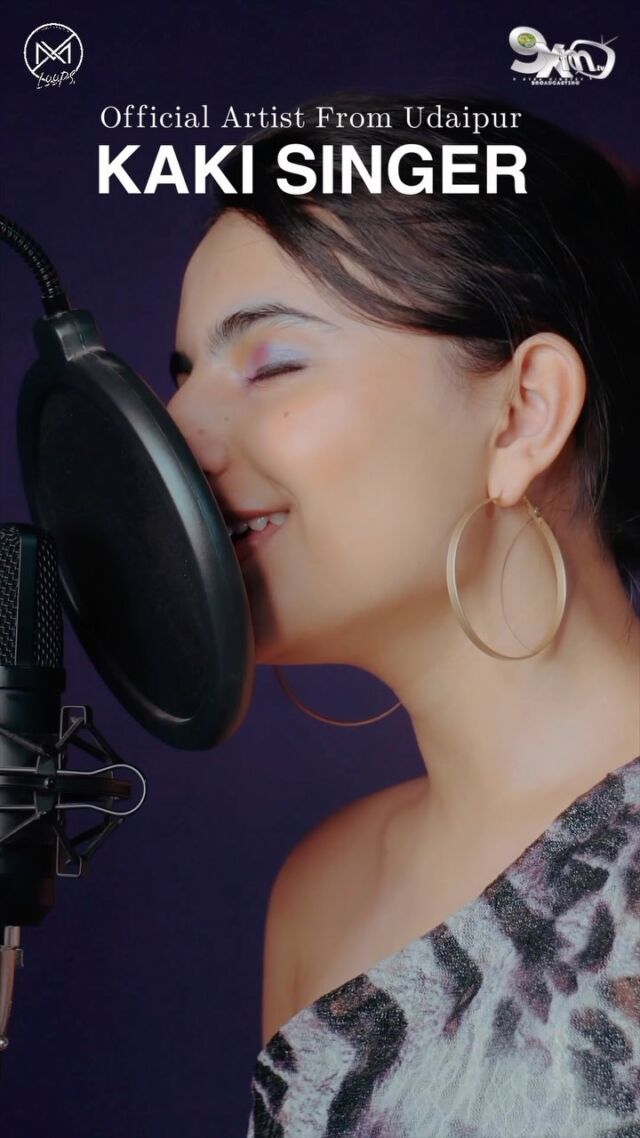
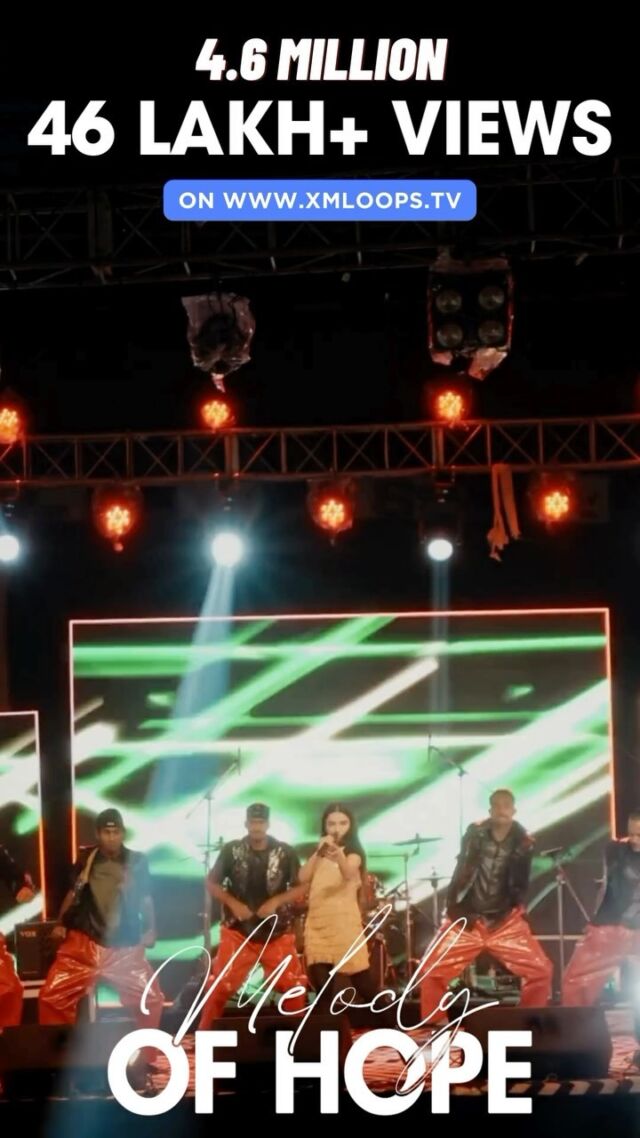

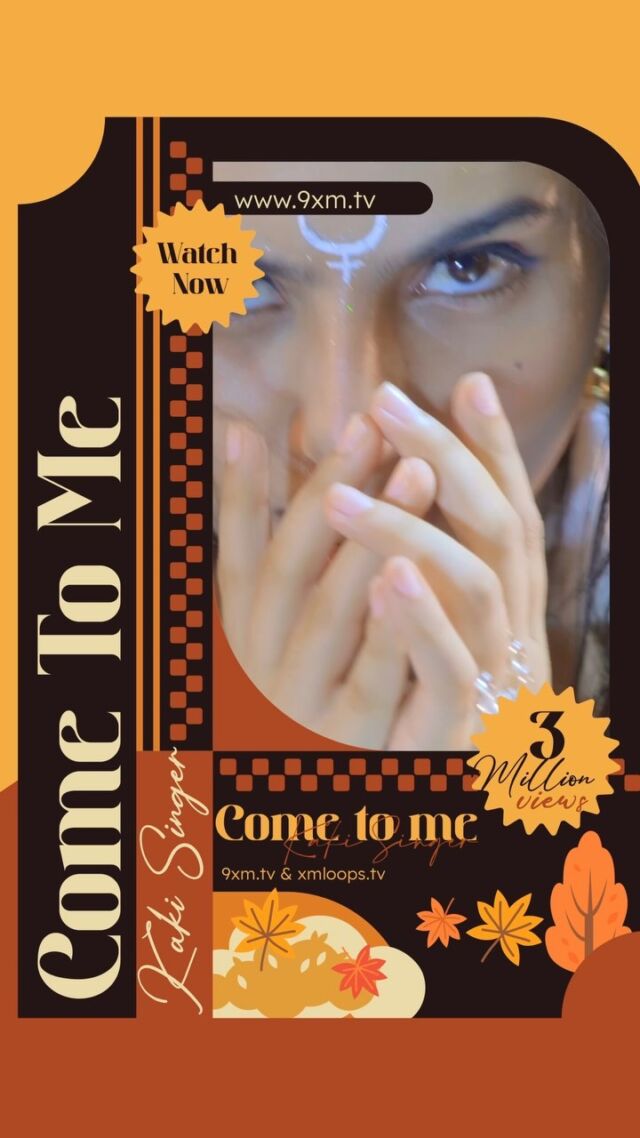

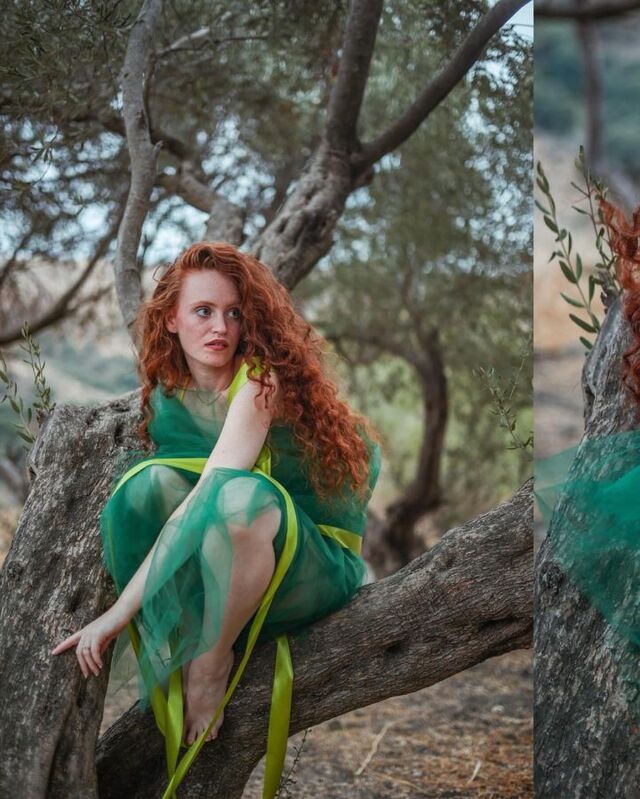
![Growing up learning Indian Classical Music, I’ve developed a deep appreciation for diverse musical genres, and techno is definitely one that has captured my interest. Got inspired to write this track by blending the beautiful melodies of Hindustani classical, particularly Raag Bhairav, with the beats of techno. Excited to share this fusion with you all!
Music by @miladzki
Check it out and vibe with me! 🎶✨
[ techno, newmusic, fusion, indianclassicalmusic, techno, music, kakisinger ]](https://talentsofworld.com/wp-content/uploads/wp-social-ninja/instagram/9xm.tv/18327743320185528_full.jpg)
![Listen to this Version of Dil Kho Gaya
Original Song From the Movie Dil.
Anand-Milind, Udit Narayan, Anuradha Paudwal sung this song
Music by Anand-Milind
Hope you guys like this Rendition of the Classic Song by Kaki Singer.
Like, Share & Comment.
[ Dil, Dil kho Gaya, old songs, Classic Bollywood, old song covers, retro songs, indian old songs, old hindi songs, melodies, kaki singer, Indian singers ]](https://talentsofworld.com/wp-content/uploads/wp-social-ninja/instagram/9xm.tv/17999564600299237_full.jpg)
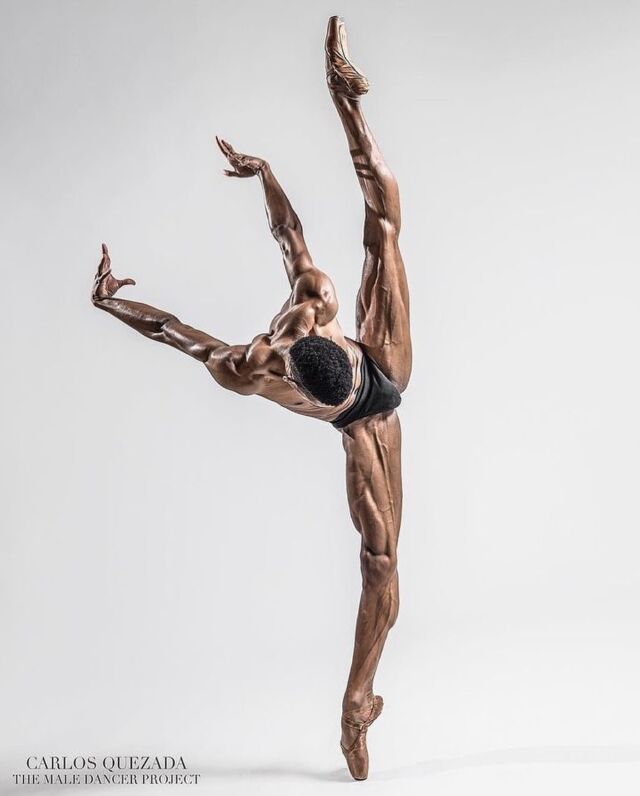
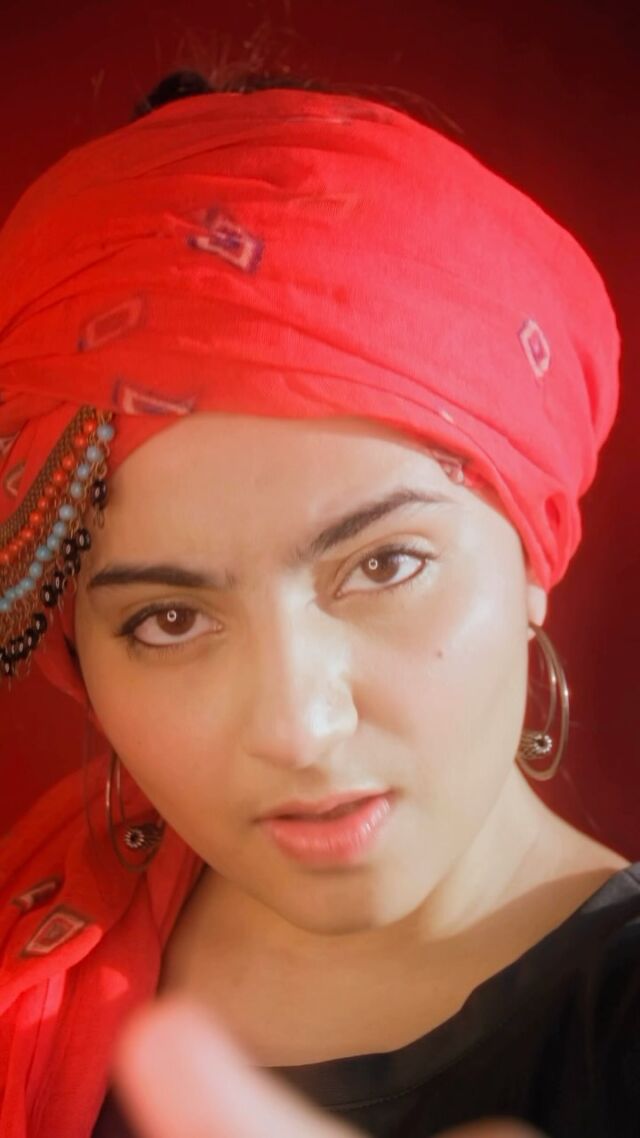
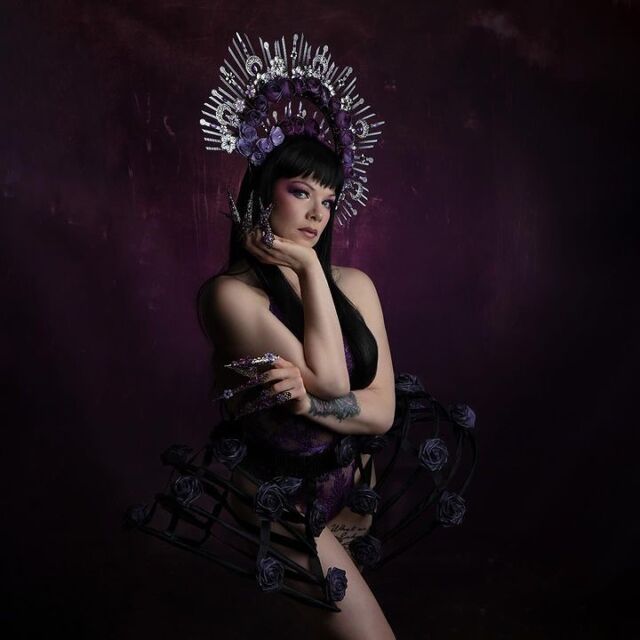
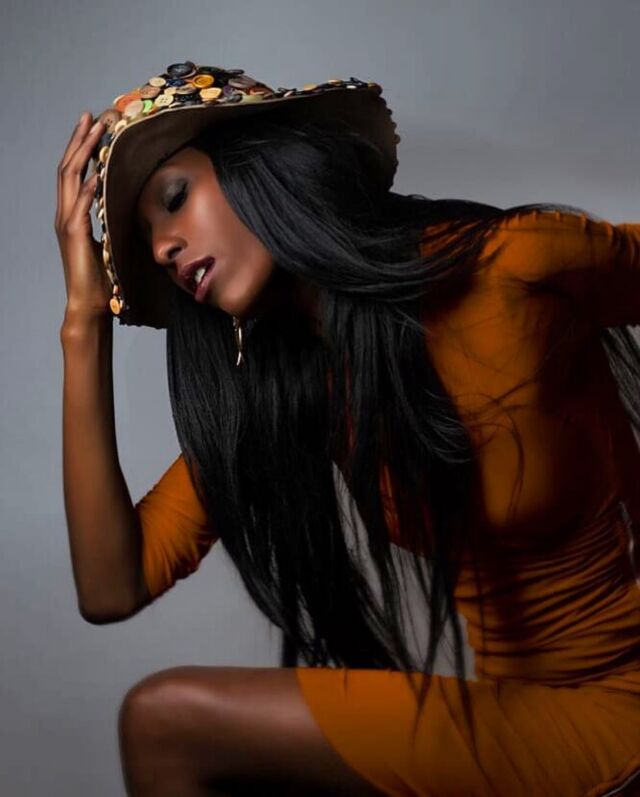
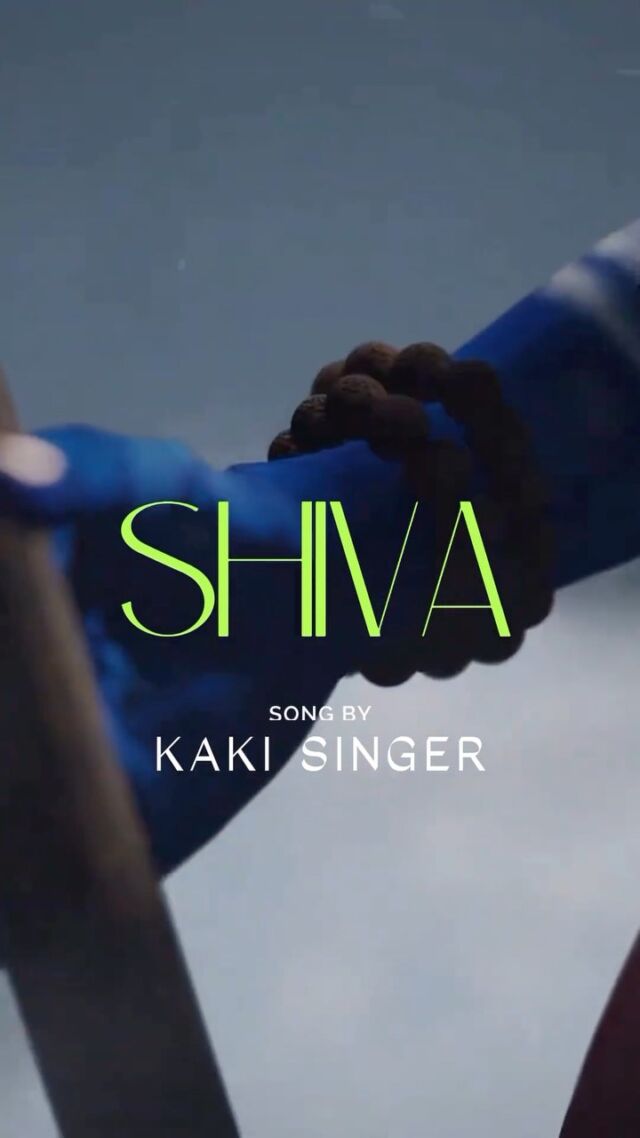

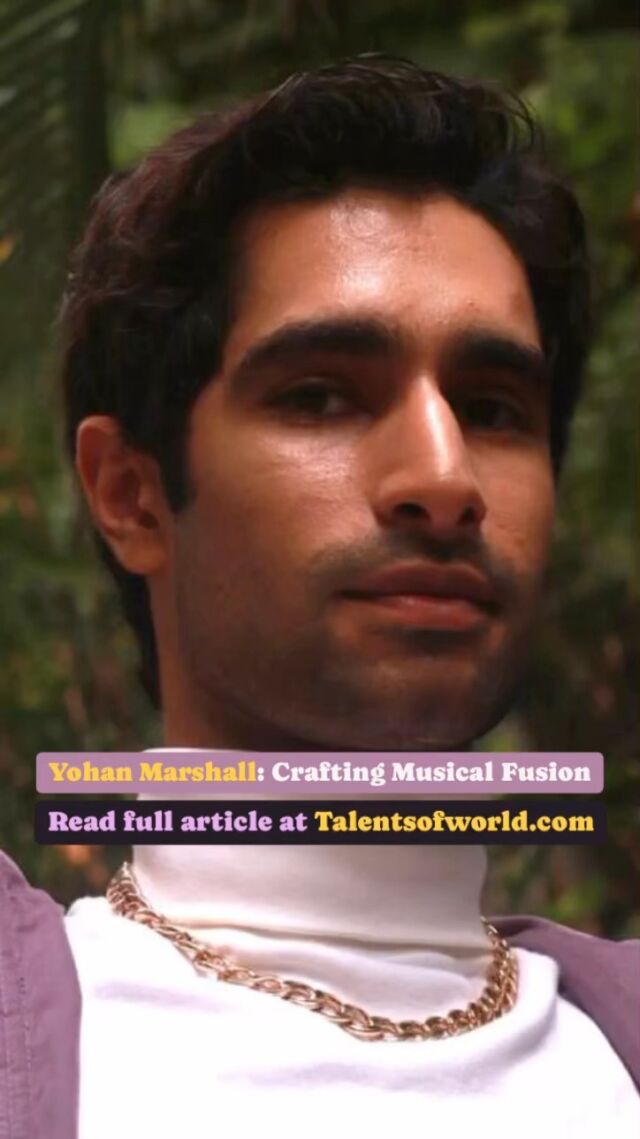
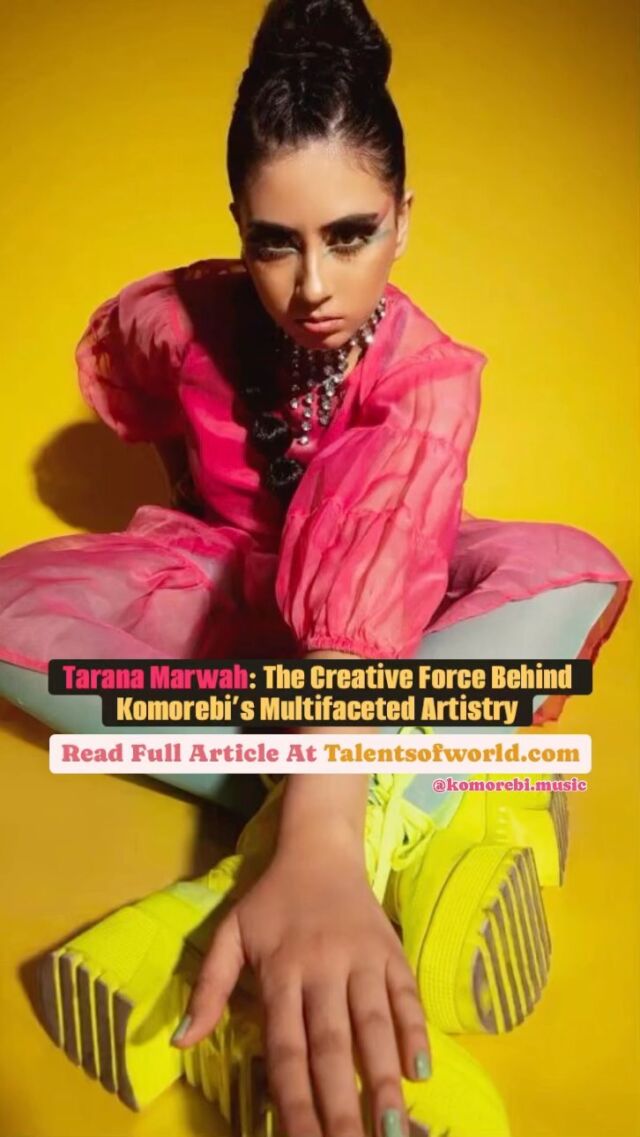
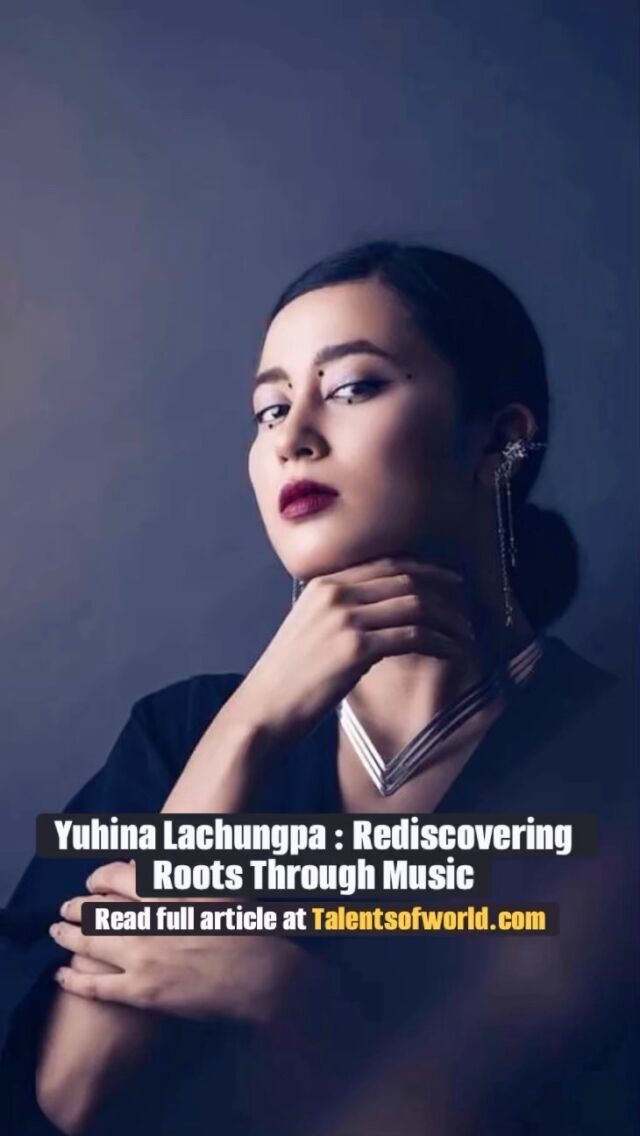
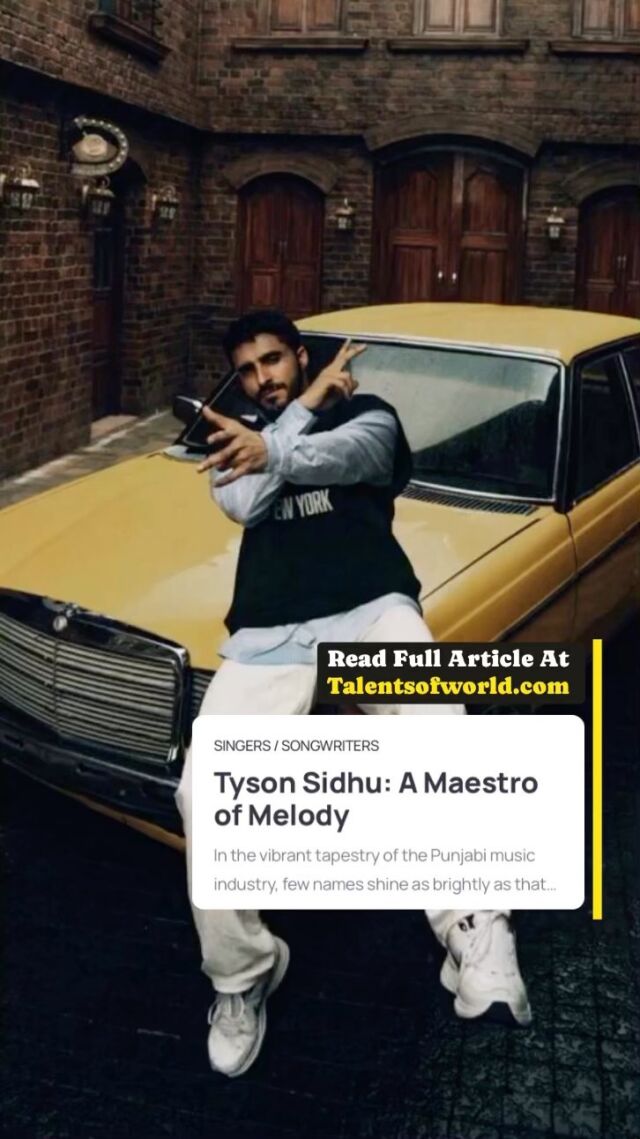
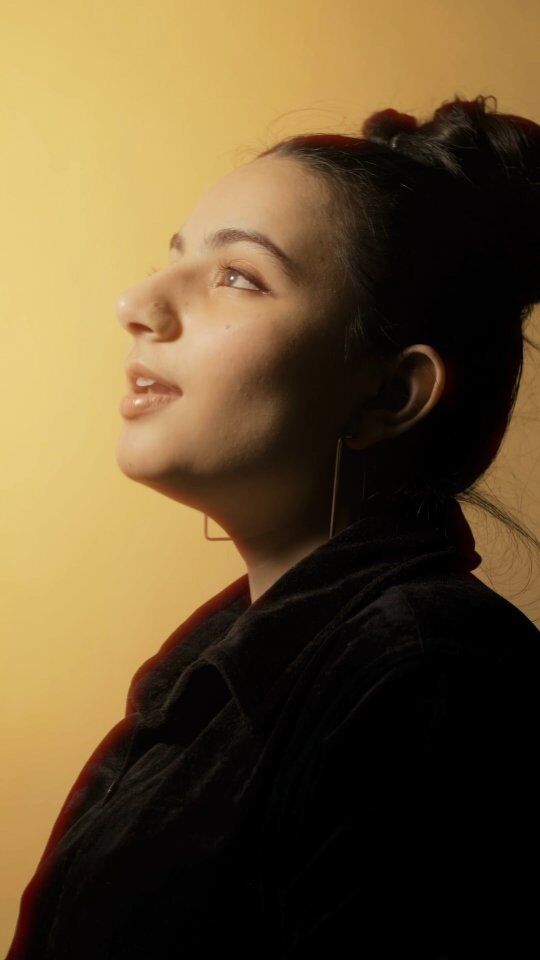
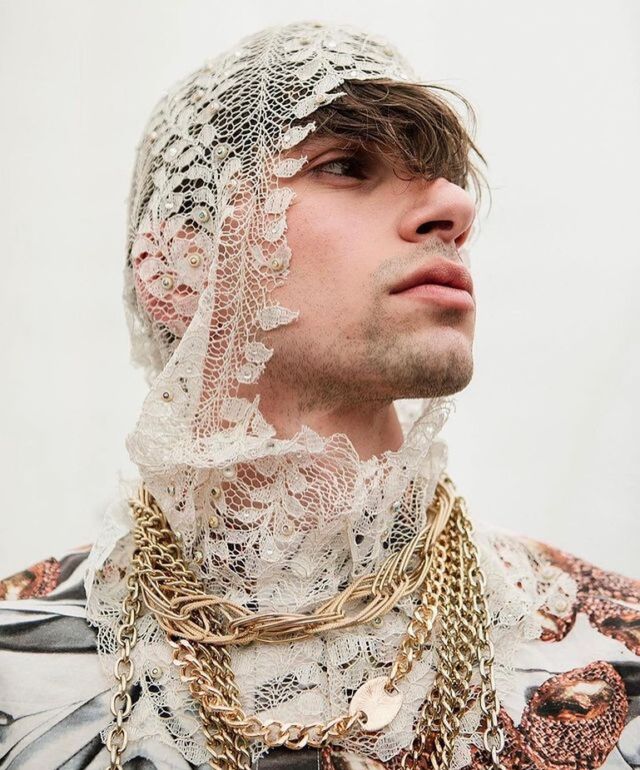
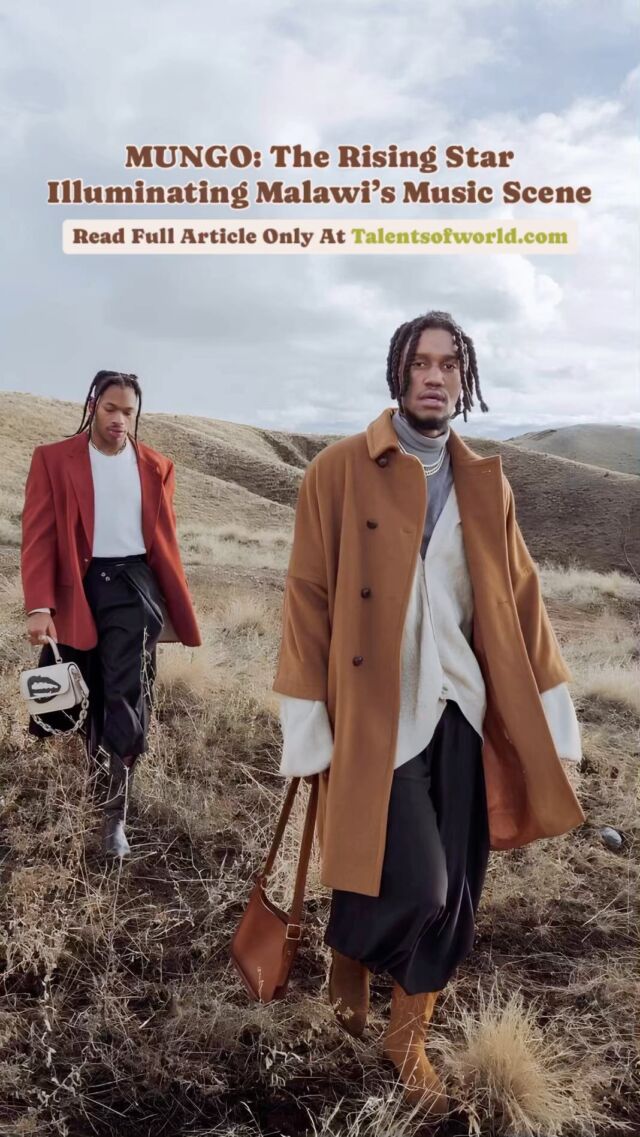
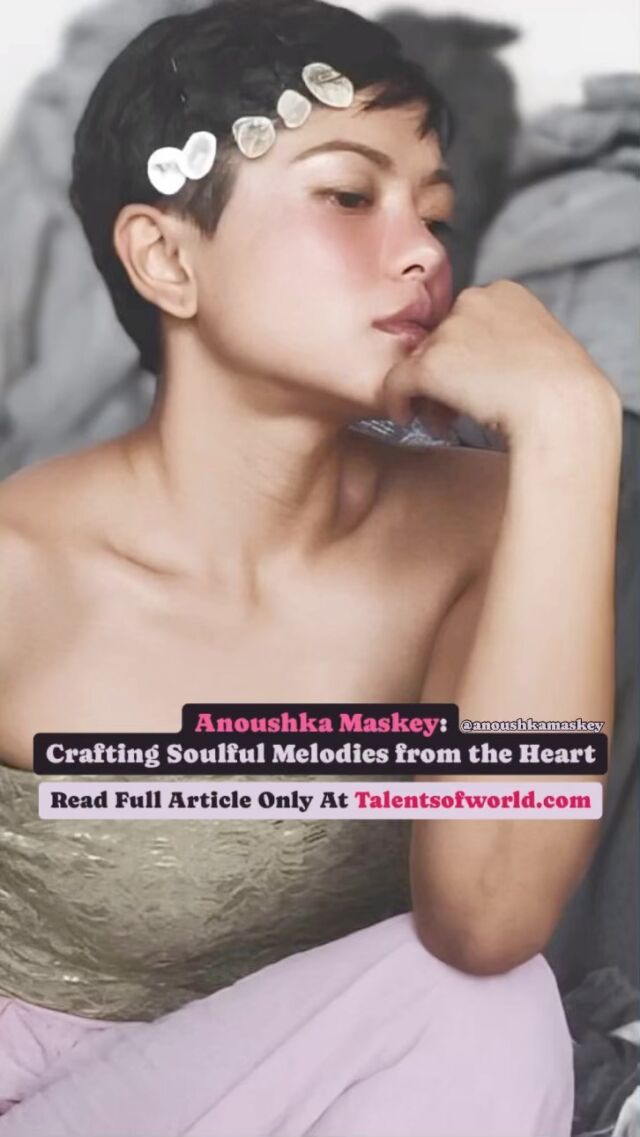

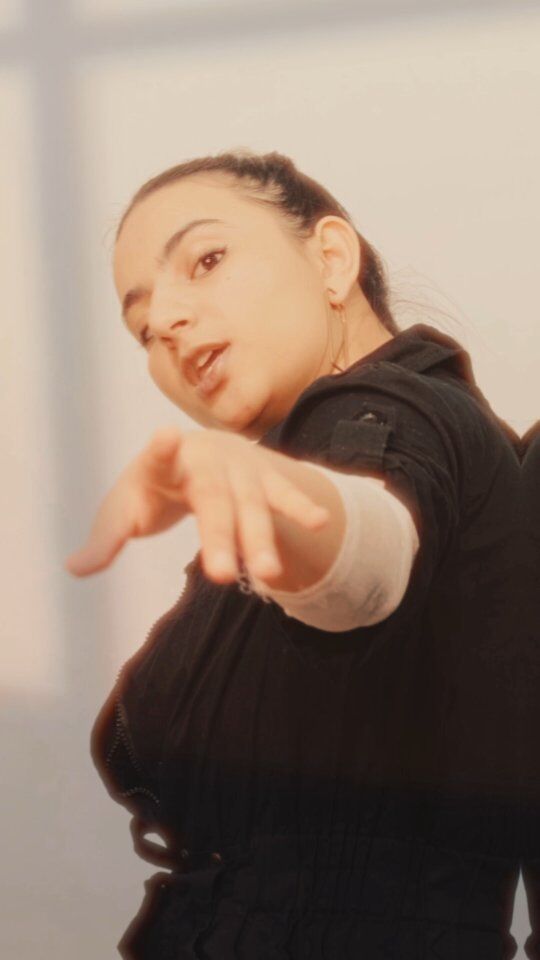

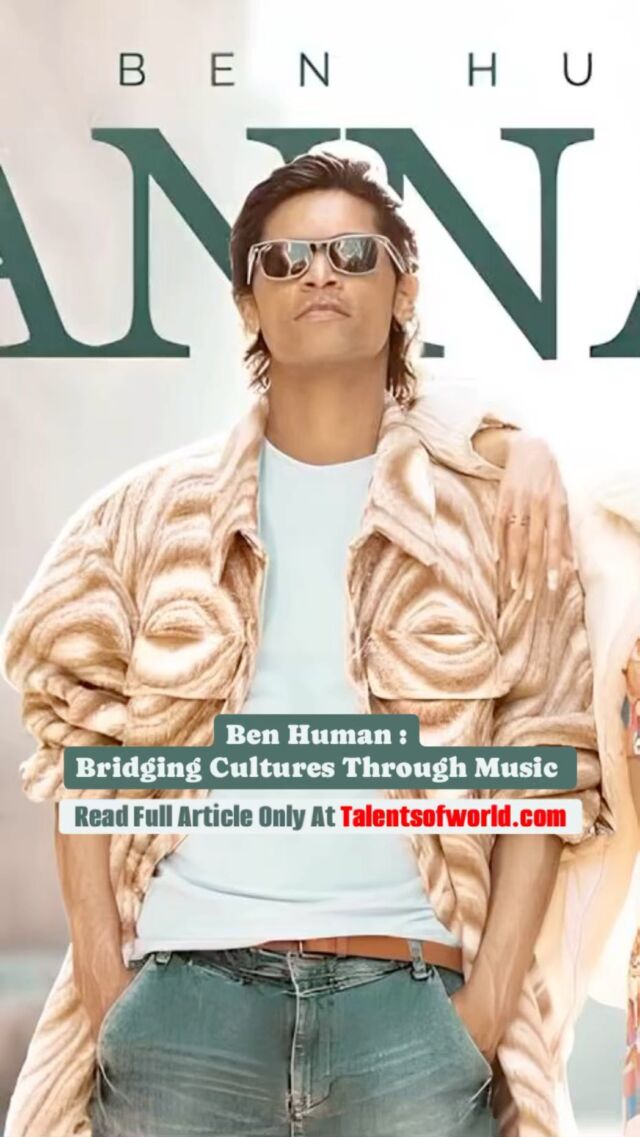
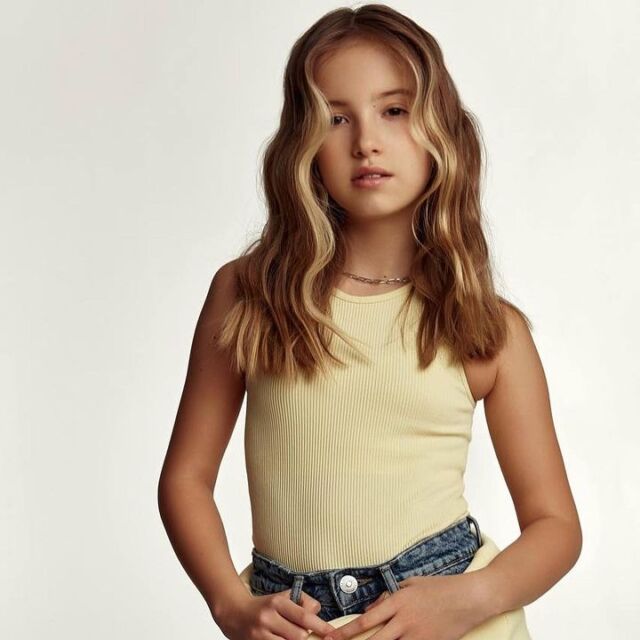
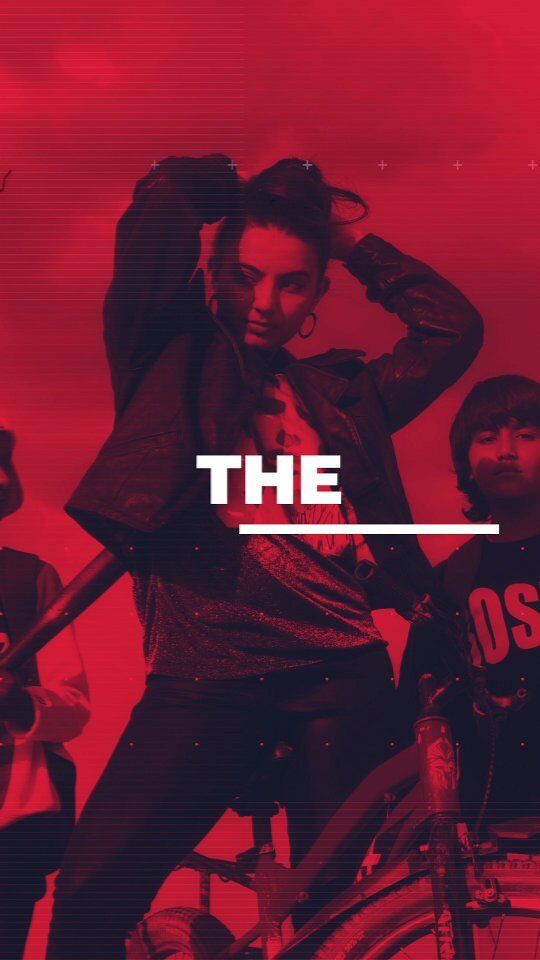
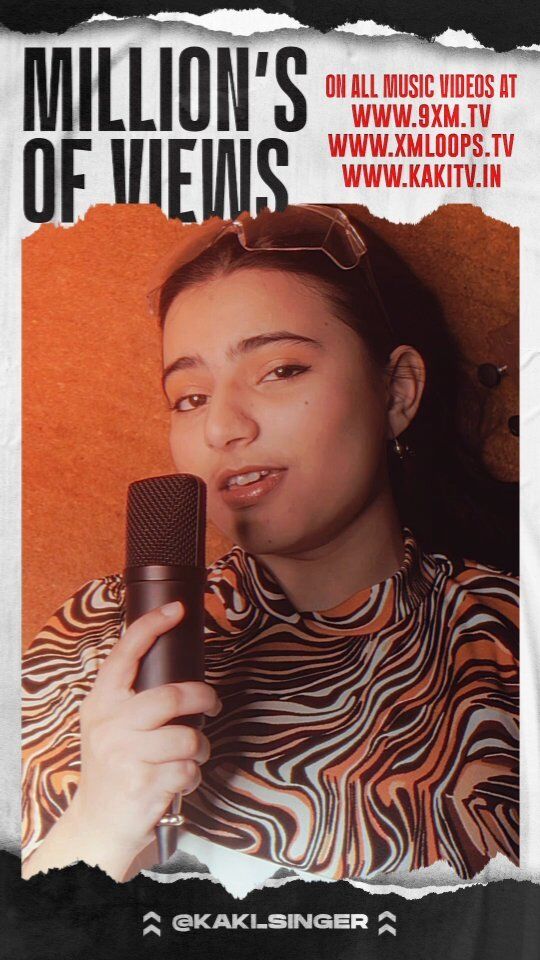
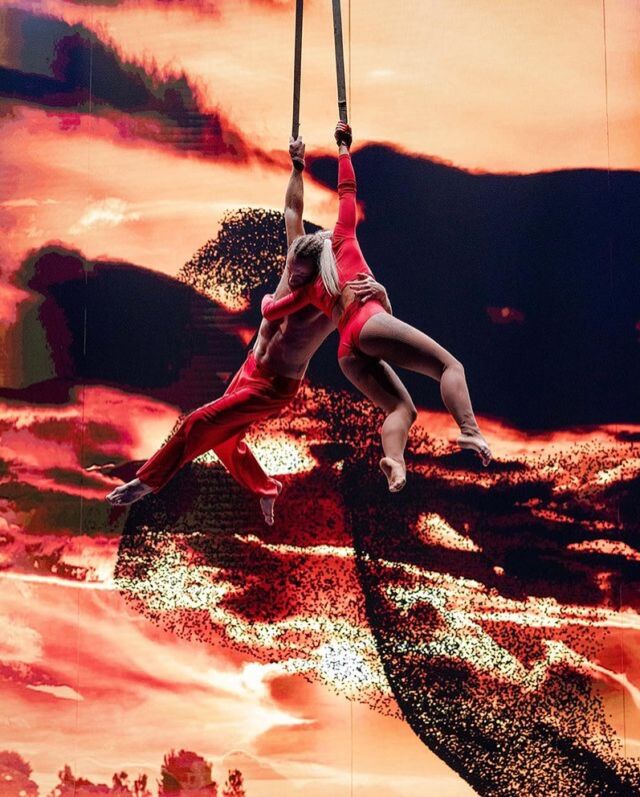
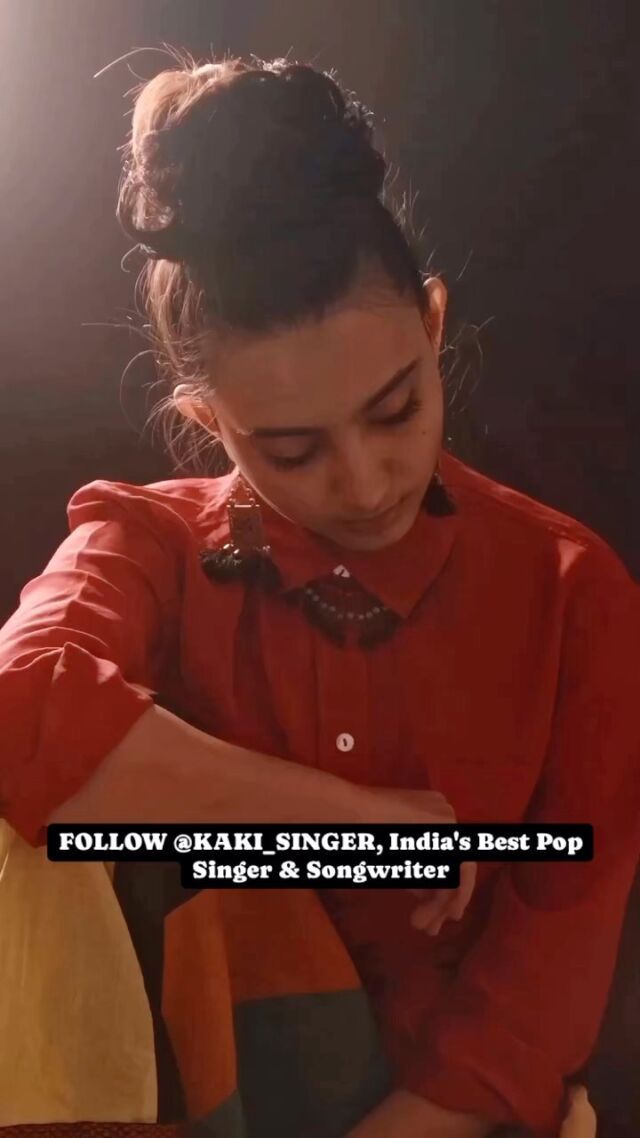
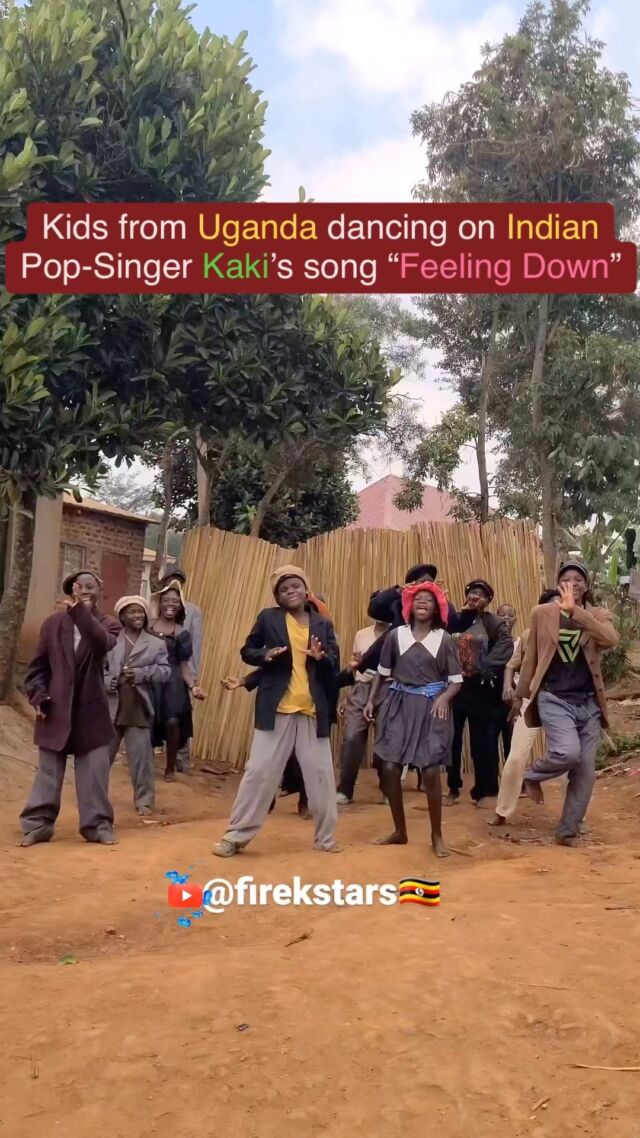
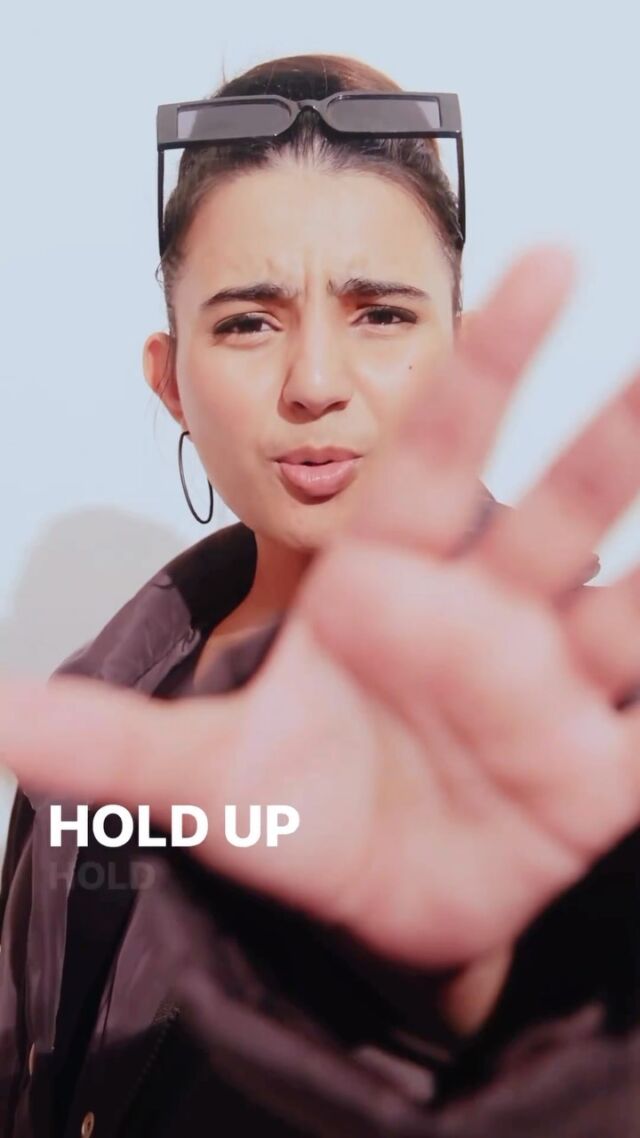
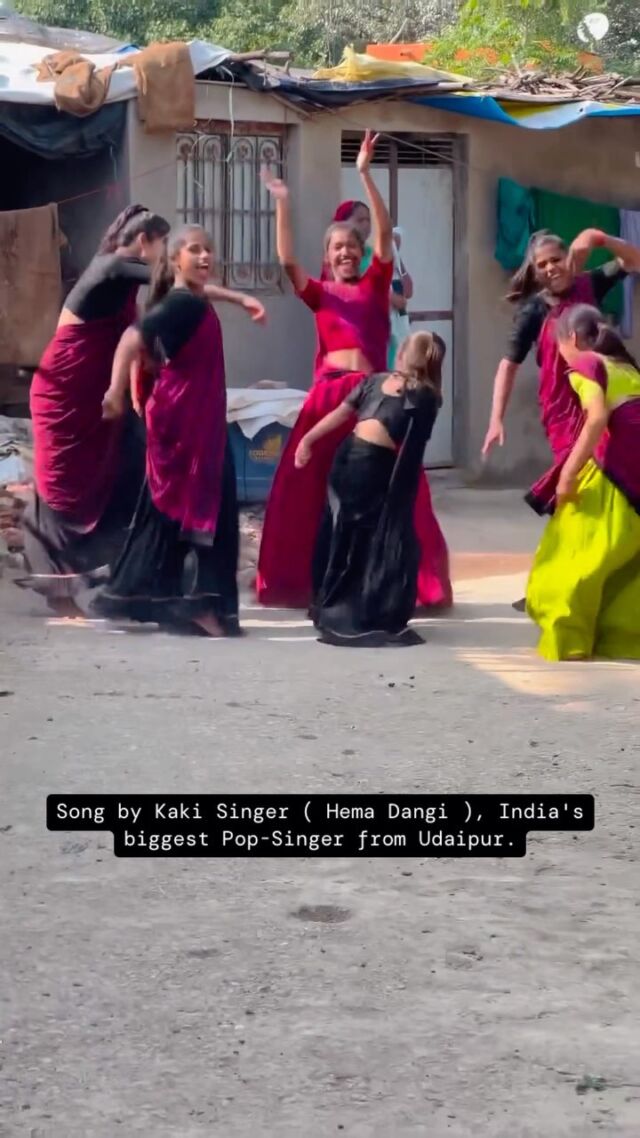
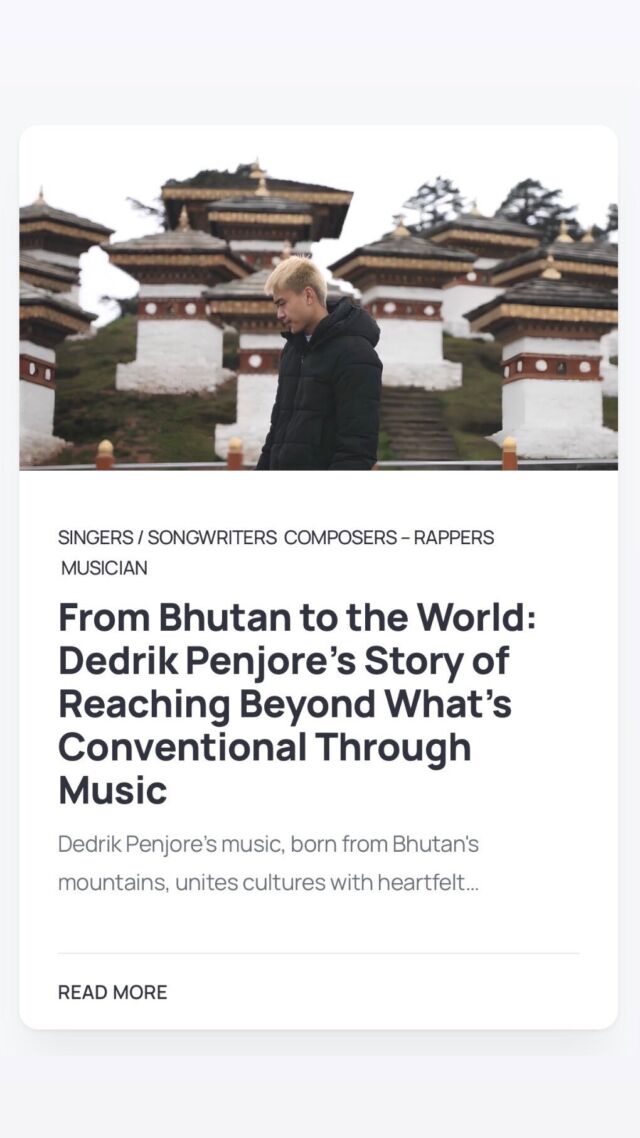
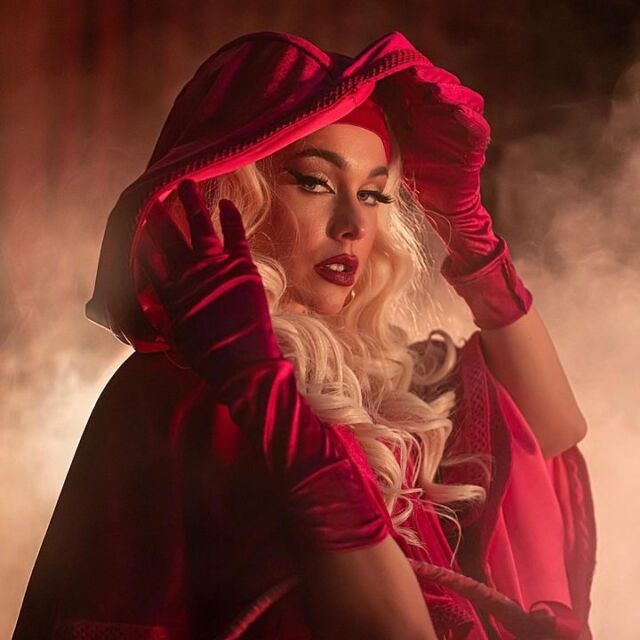
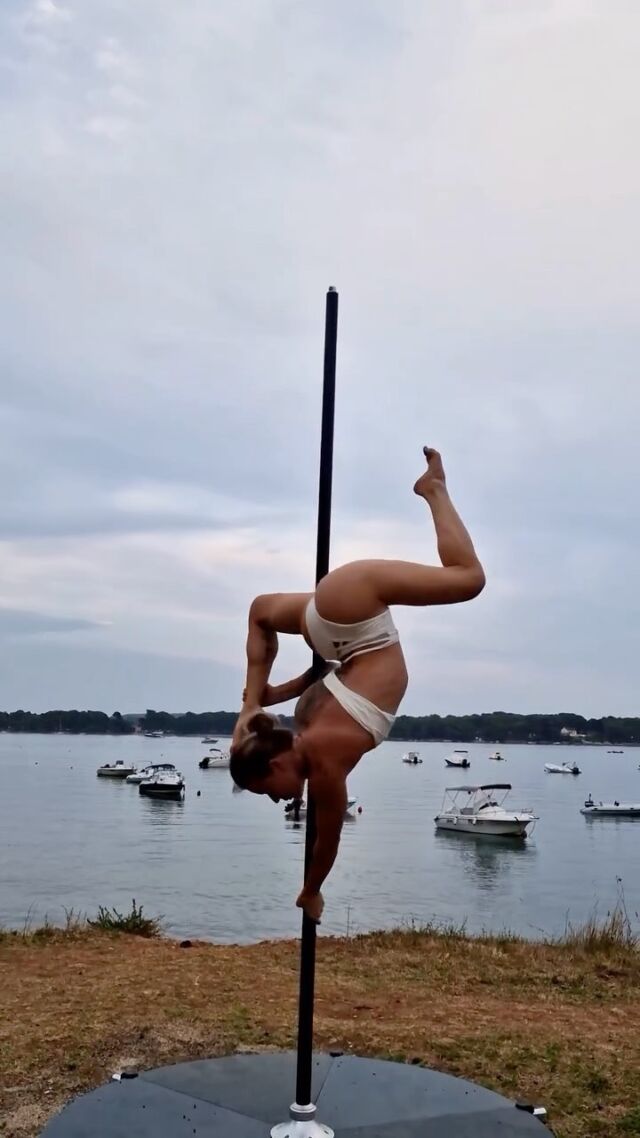

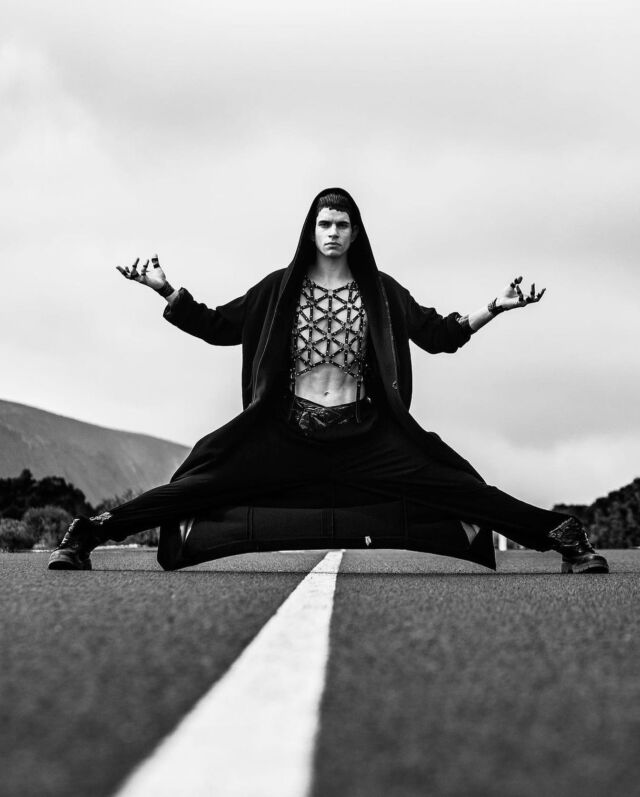
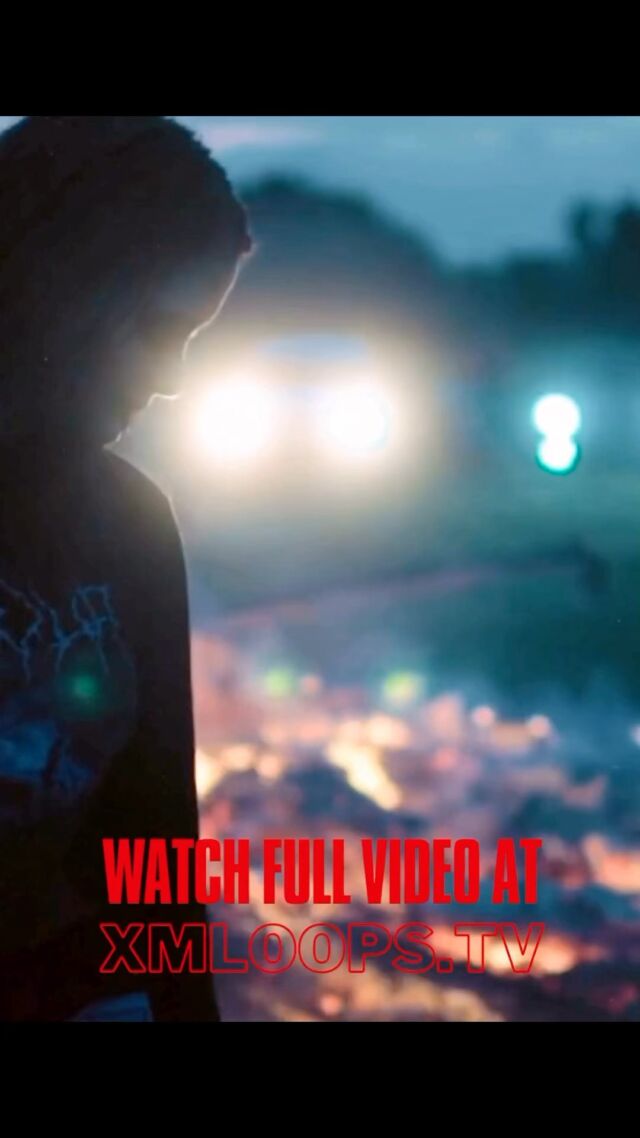

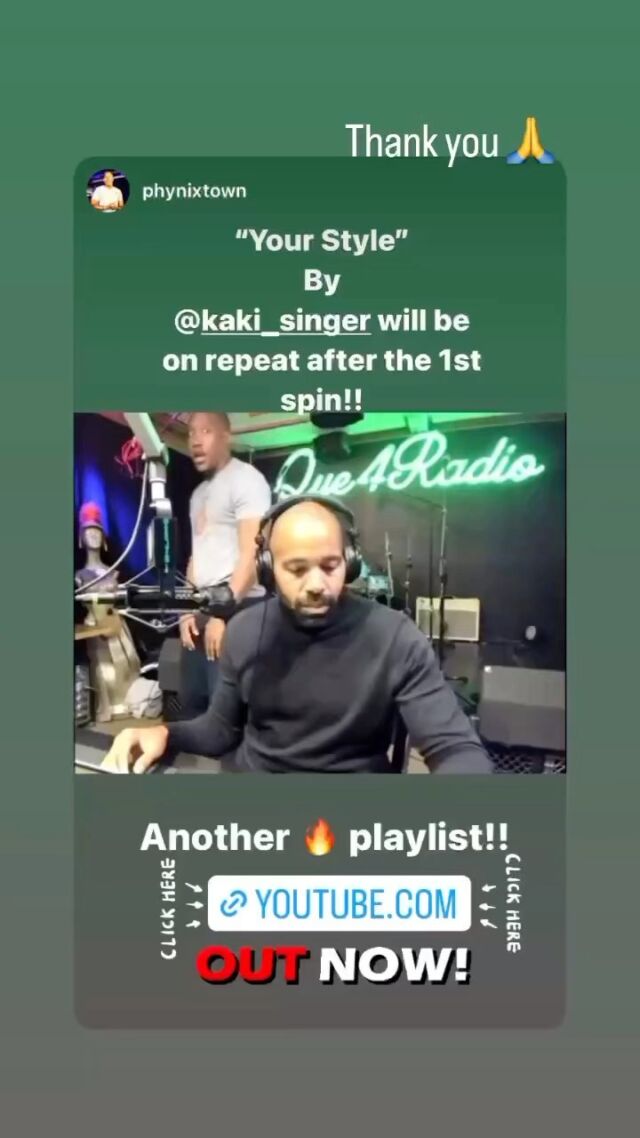










Wow, amazing weblog structure! How long have you ever been blogging for?
you make running a blog glance easy. The whole look
of your site is magnificent, as neatly as the content!
Excellent post. I used to be checking constantly this blog and I am impressed!
Very helpful info specifically the last part 🙂 I care for such info a
lot. I used to be seeking this particular
info for a very lengthy time. Thank you and best of luck.